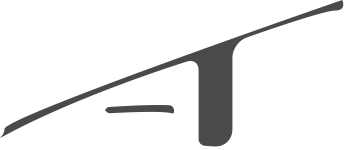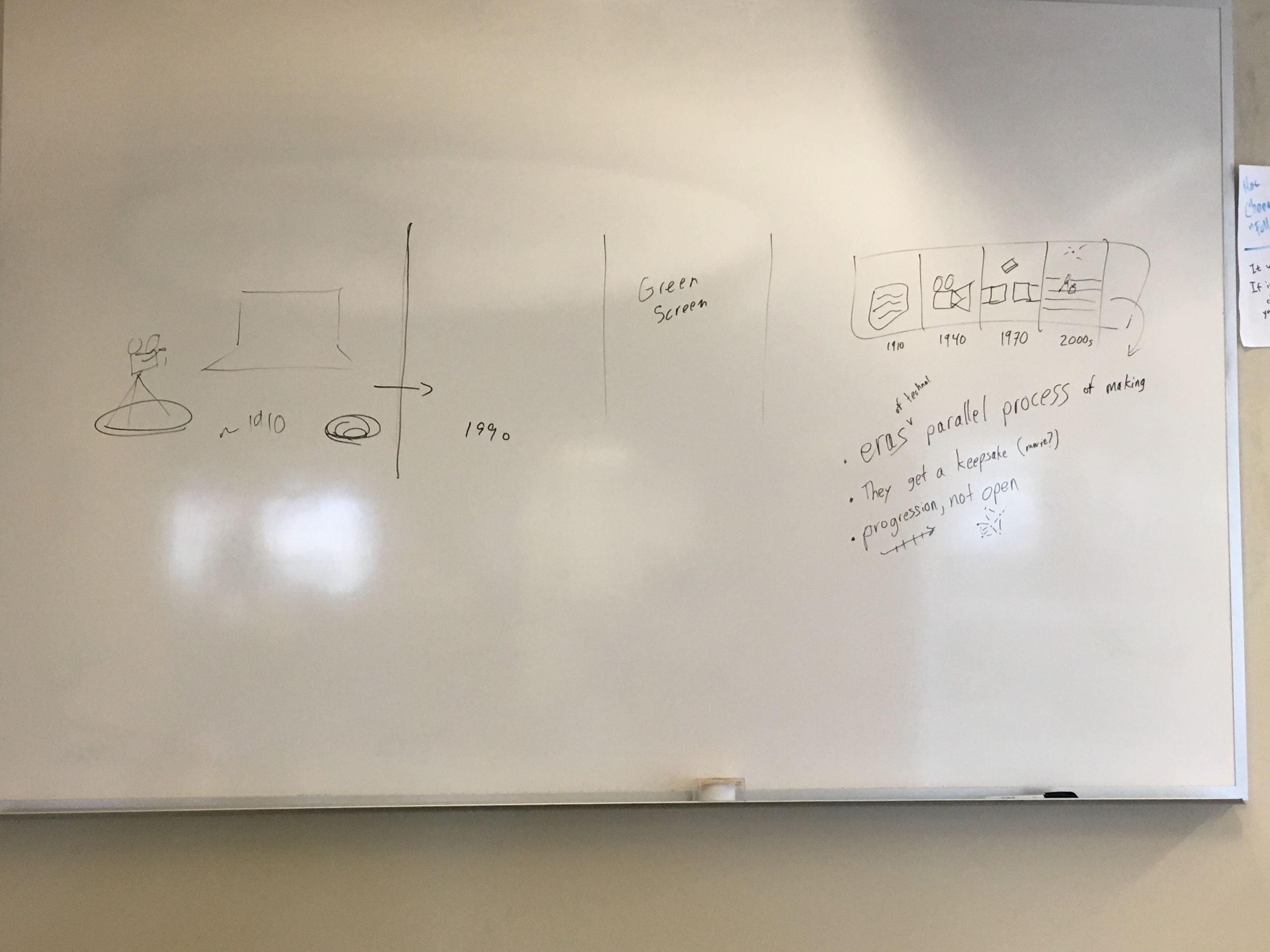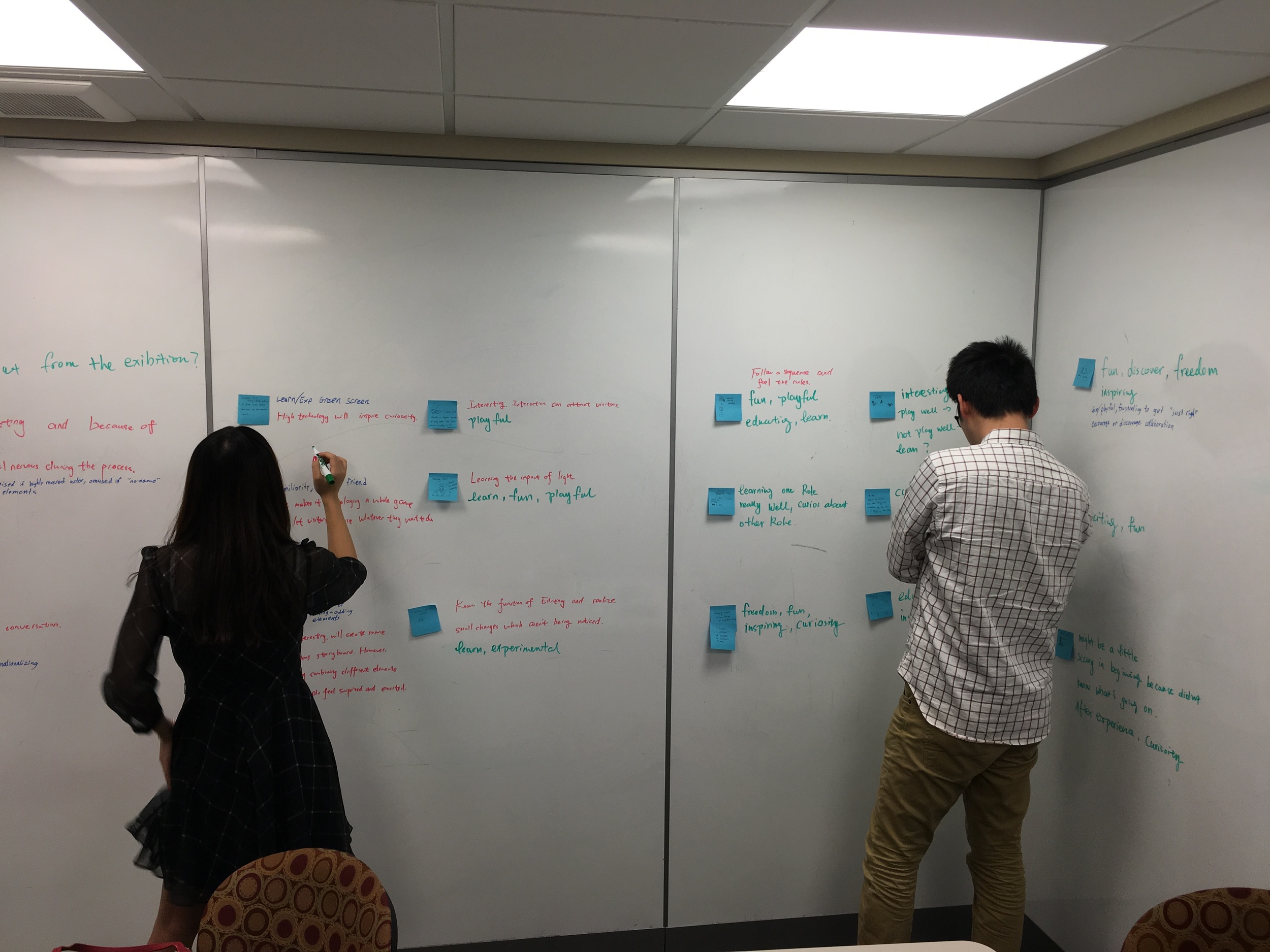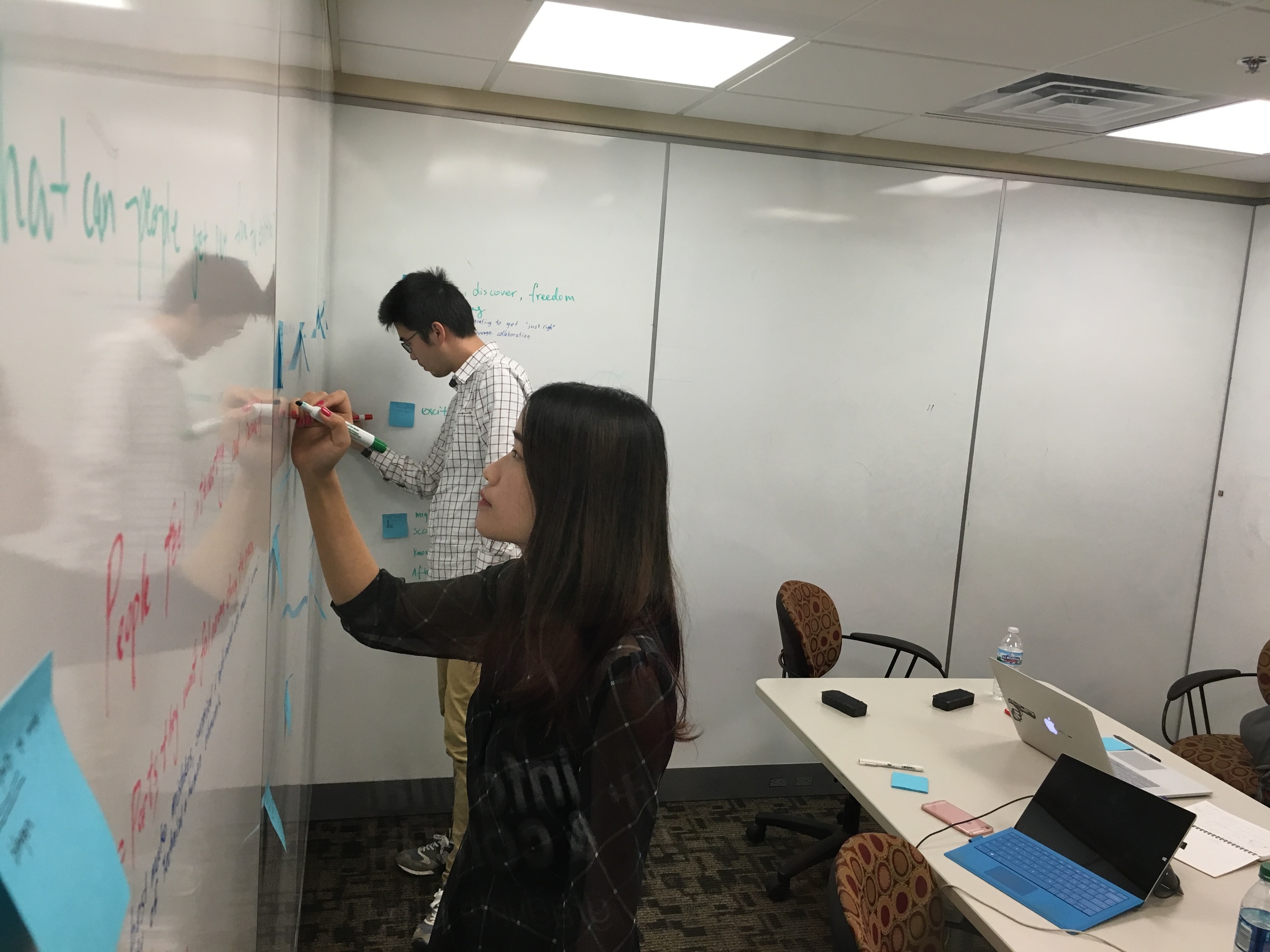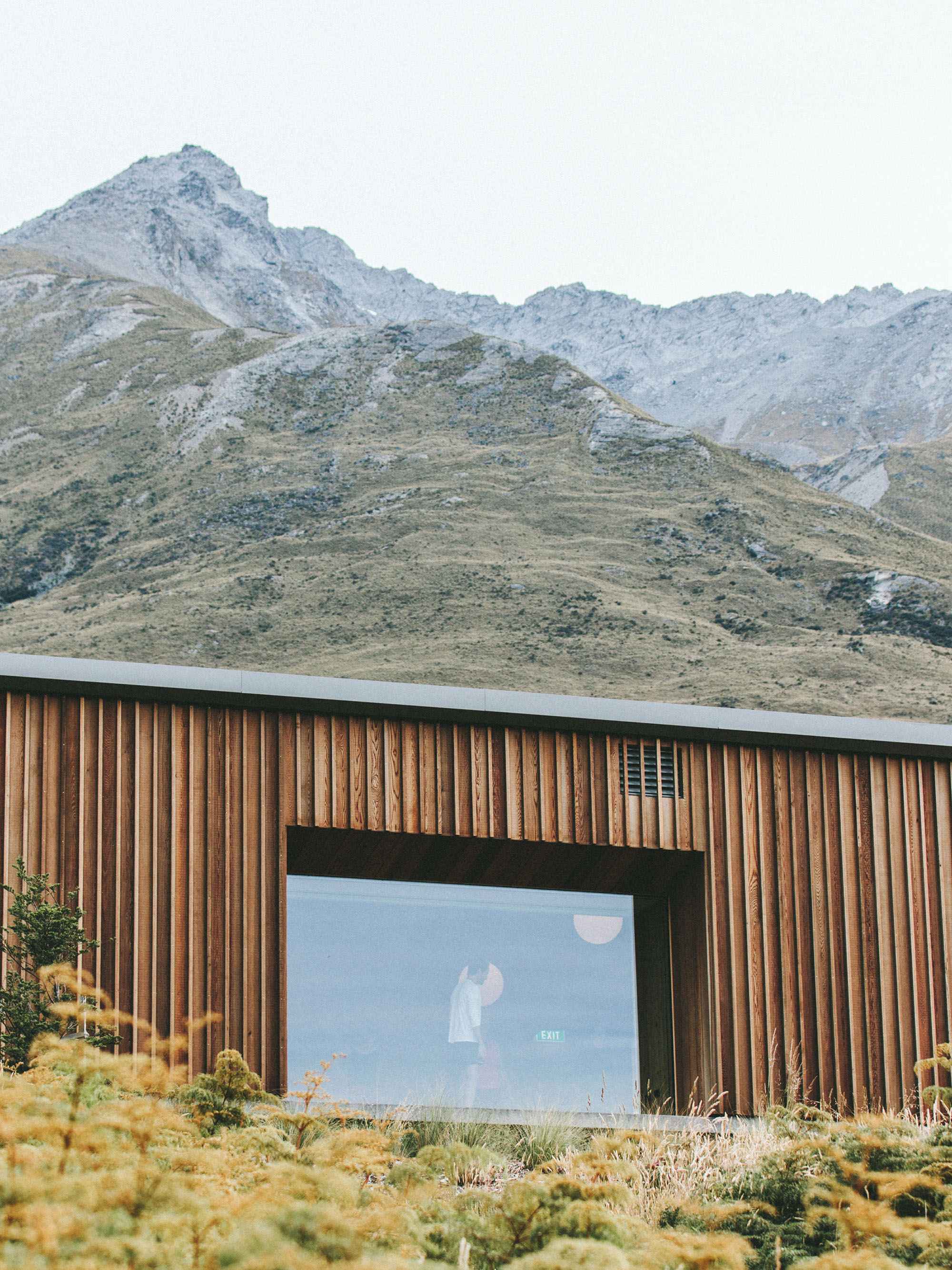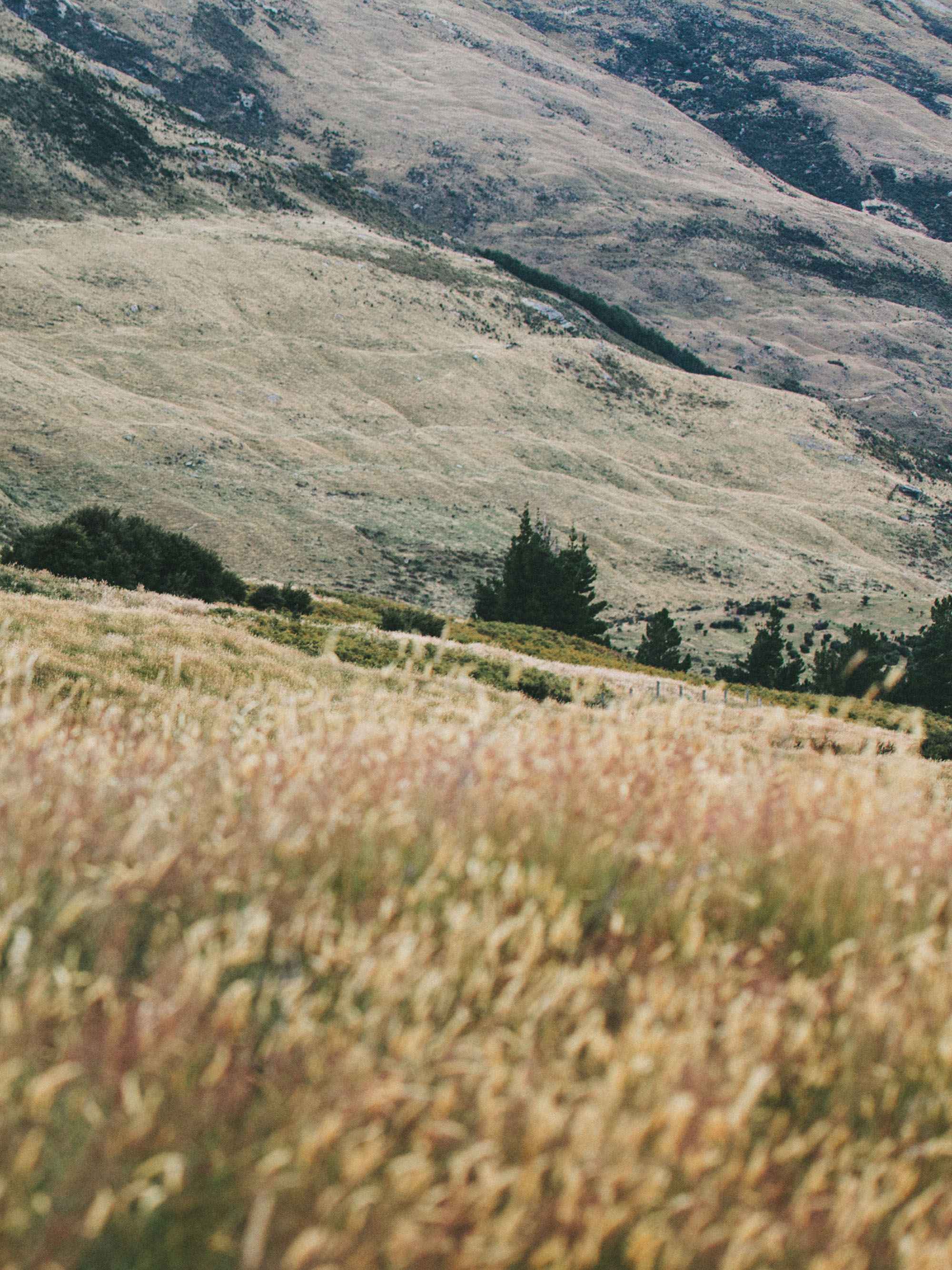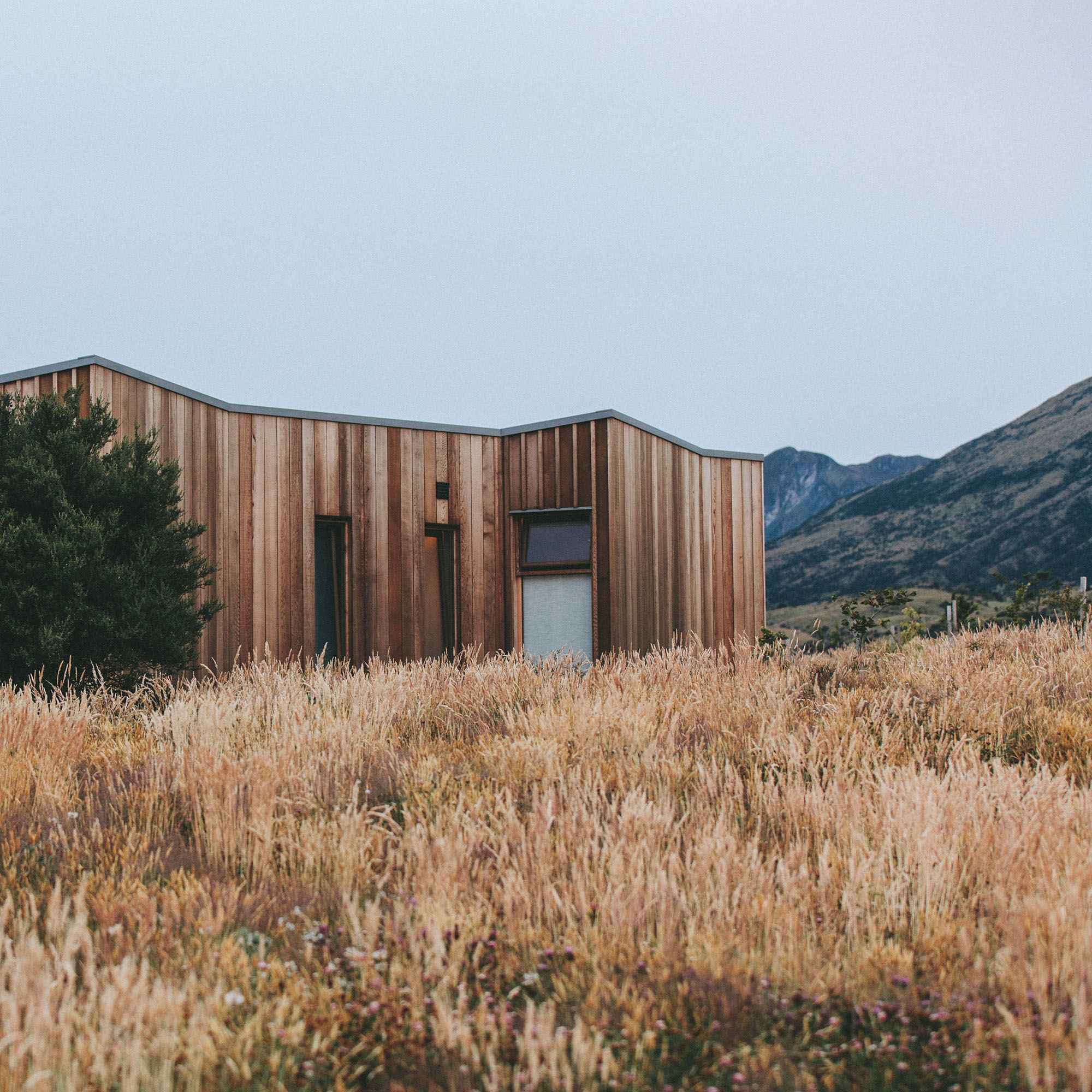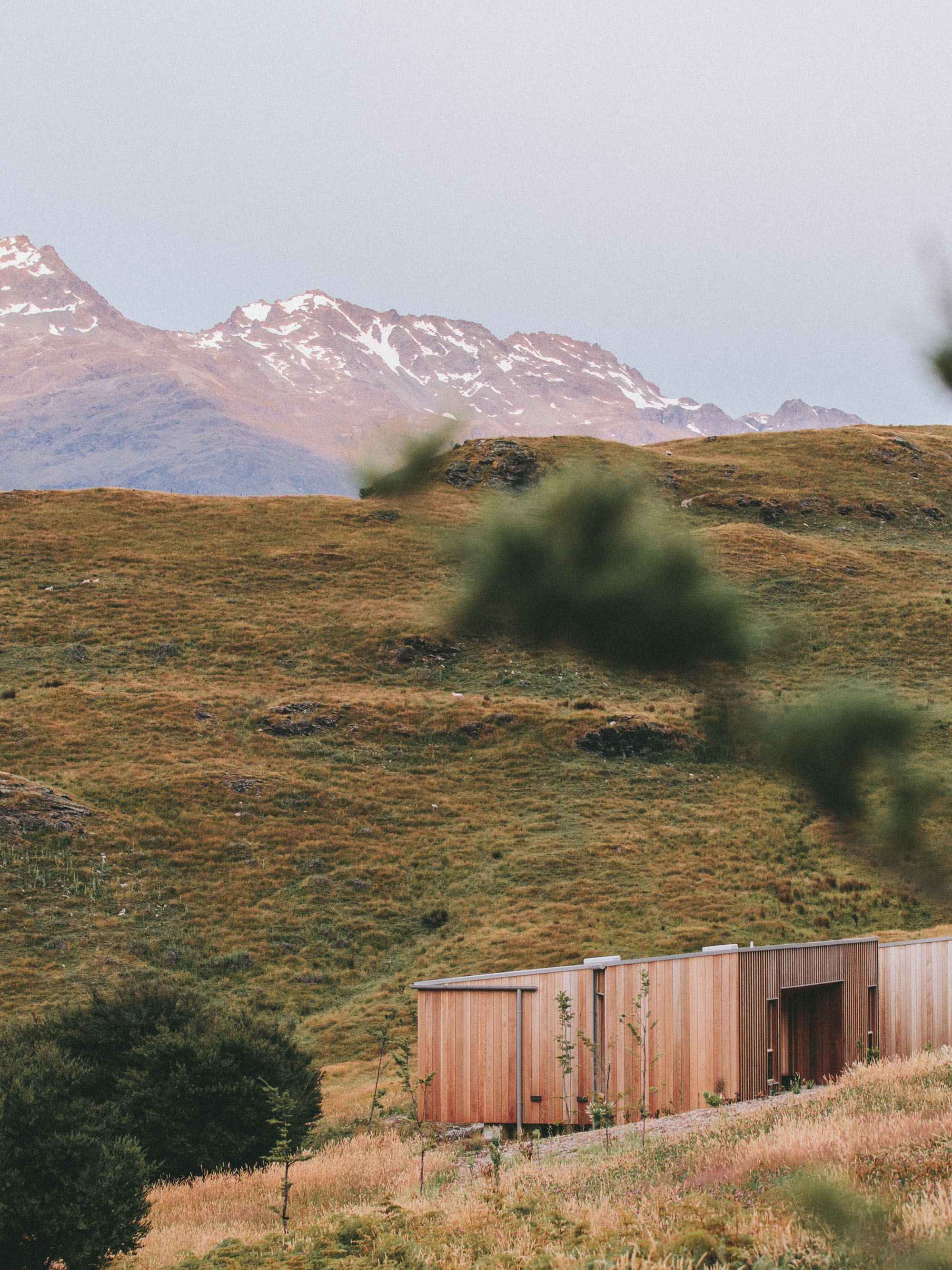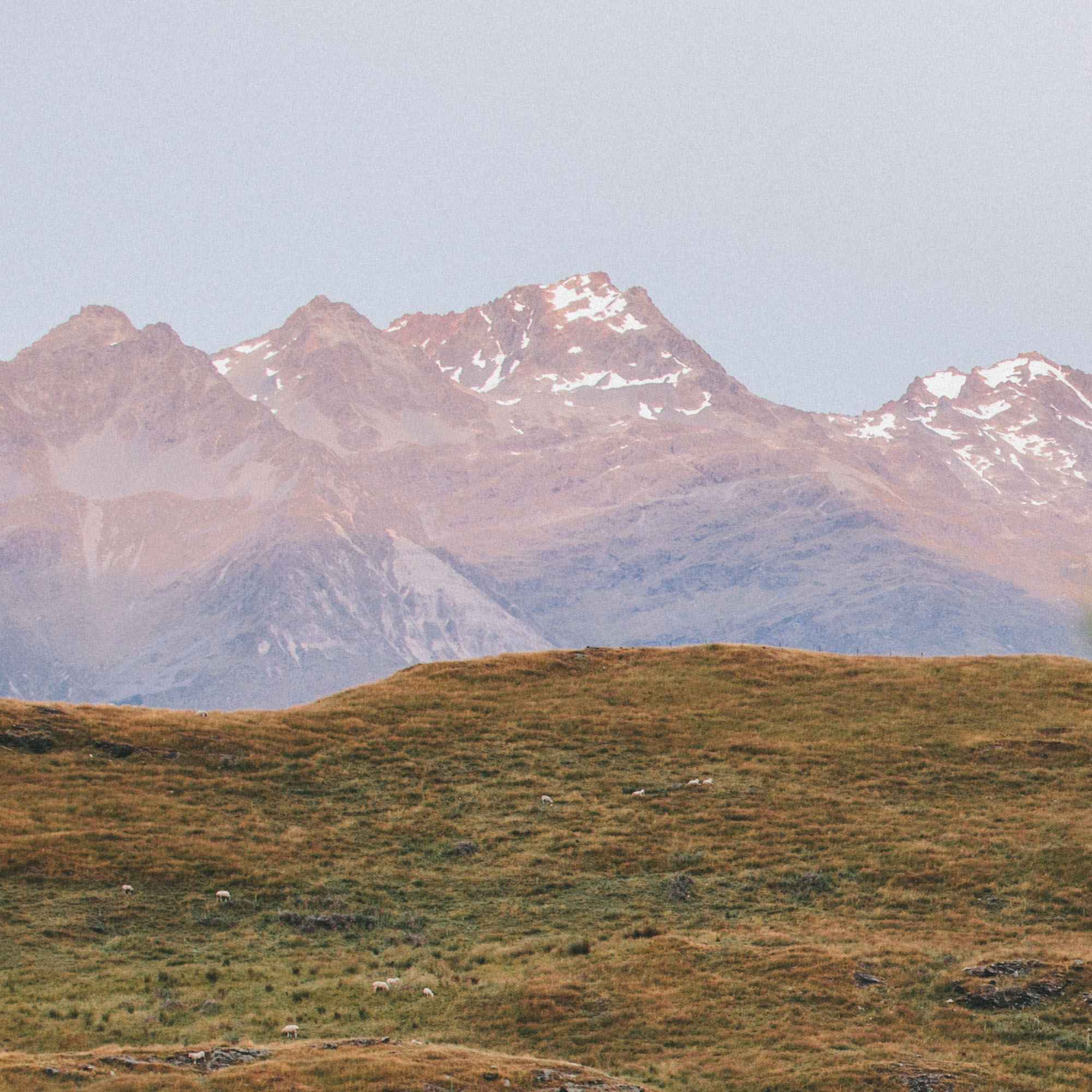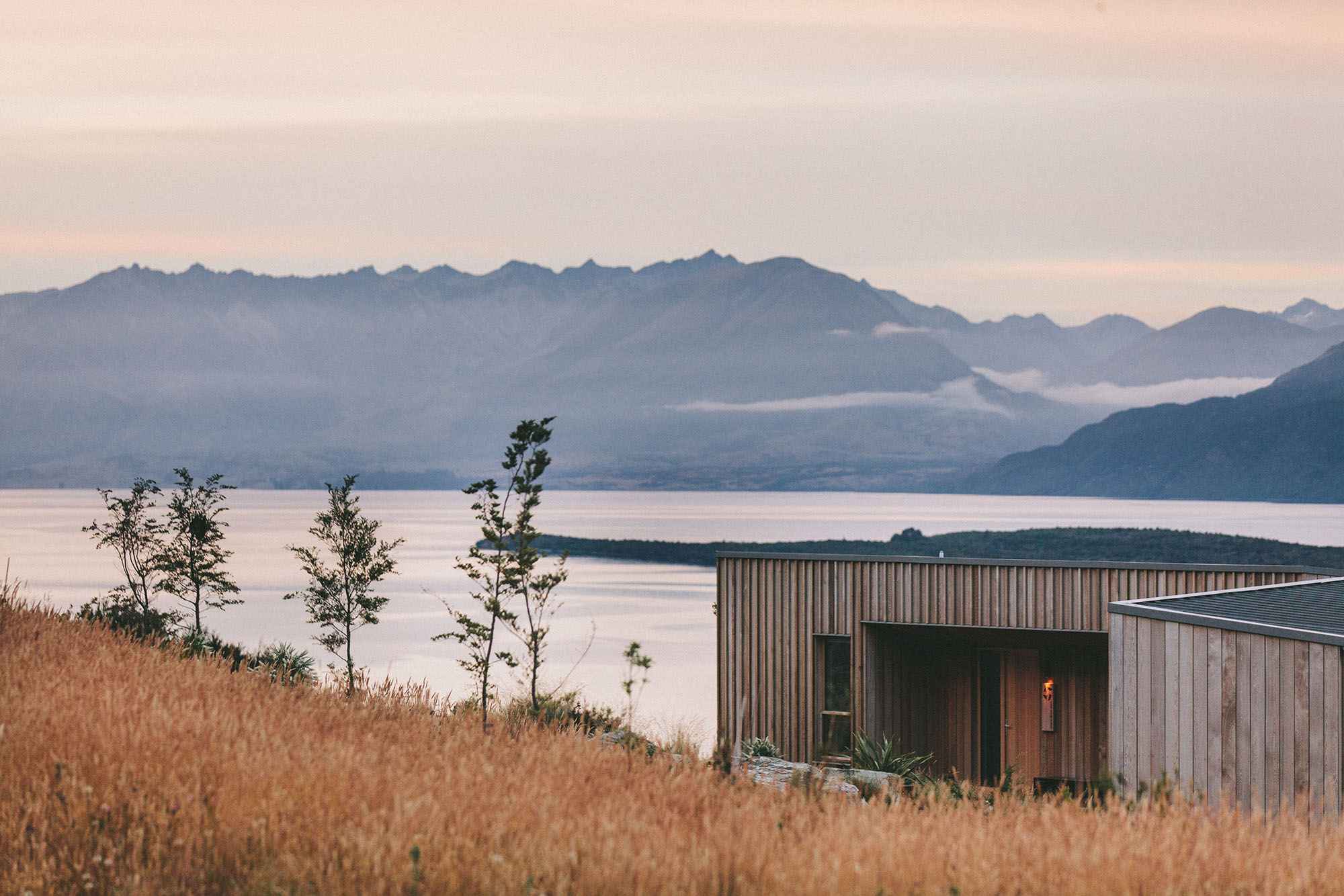Museum Experience
overview
Team
Early on
At our first couple meetings we spent a fair amount of time sharing our predispositions about museums: if it was an art museum you were kept at a distance from works, if it was a history museum there were dioramas, if it was a science museum there were more interactive displays. Over the next week or two we also struggled trying to decide what kind of museum to design, and to what end.
Eventually, we decided that we wanted to inspire visitors. We later struggled with what exactly they were being inspired towards, but at this juncture we thought doing science fiction films as a motif would allow us to use some very creative concepts
Inspirations
We collected exemplars that, in hindsight may have revealed some of our biases e.g. I was interested in stories and narratives, Jen wanted something physical and fun.
Early ideas
Thinking that we might be doing a full exhibit of many pieces, an early idea was to do take a person through different parts of filmmaking as difference sections of the museum:
screenwriting
filming
acting
editing
viewing
Originally, this was a linear process that encouraged a particular order, but allowed a person to make their own movie and take it home with them. After a few weeks and check–in assignments (I'll get to that), we determined this was too restrictive, and could irritate or limit our visitors.
Road hazards
For a few weeks, our instructor had us work on using Humanist HCI techniques as a way to jar and shakeup whatever directions we had been honing in on. To a large extent this helped us adjust the scope of our project and find problems with our design. In particular, using a "pastiche scenario" where we pulled realized fictional characters and imagined them entering and exploring the exhibit revealed a lot of problems.
It's possible that, in hindsight I may have taken Huckleberry Finn's experience too much to heart. Near the end of our project I resisted having our design be based in acting in a soundstage or green screen area. Huck thought people lining up to take turns at an exhibit was kind of silly, but more problematic was that doing the acting station was required for having something to edit in a later section. Issues that Huck didn't have, but I realized later, is that some people may not be comfortable acting in front of others in the museum, or having footage of them being played for others.
Generate and Revising ideas
Take a break, play a game
After revisiting our old ideas from before the "derailing" assignments, we took a break to play a childhood game:
Have each person write down a name, a place, and activity.
Shuffle items of the same category with your friends
Draw the top item of each pile to make a story.
Immediately after playing this game and having a few laughs we went back to trying to make Acting in front of a green screen work.
Like the game, we were trying to let people pick their costar and setting. At the end of the meeting we had the sense that it was getting too complex to handle Issues inputs of choices, acting, filming, reviewing the take, processing numbers of people if they wanted to try again.
I got stubborn and Things went South
Lack of research about whether people want to be in front of or act with cameras, or how people would feel acting with an idolized Sci–Fi figures and whether they might be let down started nagging me more and more. We went from one meeting where we agreed that acting in front of a screen with the ability to choose scene settings and digital "co-stars" was too complex, to me obstinately thinking that maybe acting might not even be fun for most people if they were shy or worried about doing a good job.
Oddly, the part of our museum that we had identified as the least interesting—writing—may have become the underpinning of our final design: making a story.
I remembered and outlined a sketch of the game we played as a group and asked if we could do something similar for visitors who could chose characters, actions and settings. We could…but the interactivity of pressing buttons was relatively boring. Was this related to filmmaking?
I remembered one of Jen's sketches of changing film–lighting setups by jumping on different squares and thought of hop-scotch, where you start in one spot and jump towards an end.
I'm making this sound peachy, but in fact I may have just worn everyone out resisting acting and green screens. While I'm glad we didn't go that direction, I'm not proud of getting consensus for a different direction this way. I had one more argument with Samuel about whether we should use archetypes or real intellectual property…
But it came out okay
After venting about legal issues and how that shouldn't be completely neglected as a consideration for what characters we put in the exhibit, we compromised by saying this was something that we should be dealt with, but for now we were only deciding that famous intellectual properties should be used rather than generic archetypes, or poorly made museum exclusive characters.
In the end we finished, and the idea could use a little more polish, but I think the kernal of it is solid and comes from some good places.
